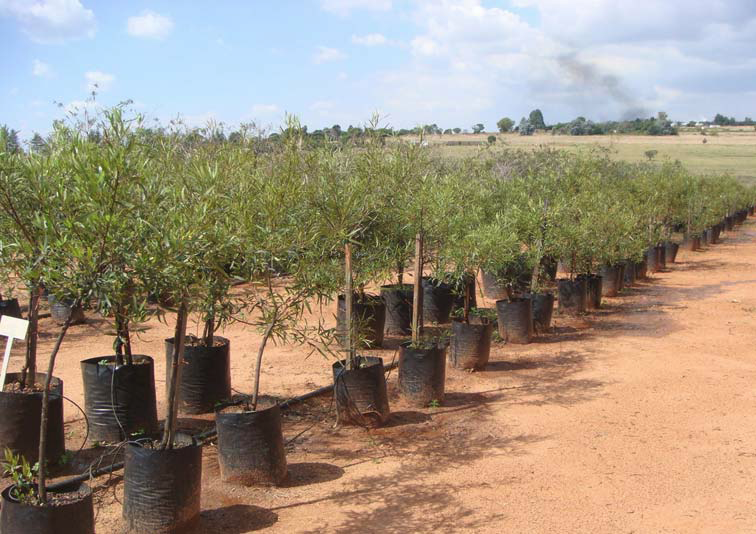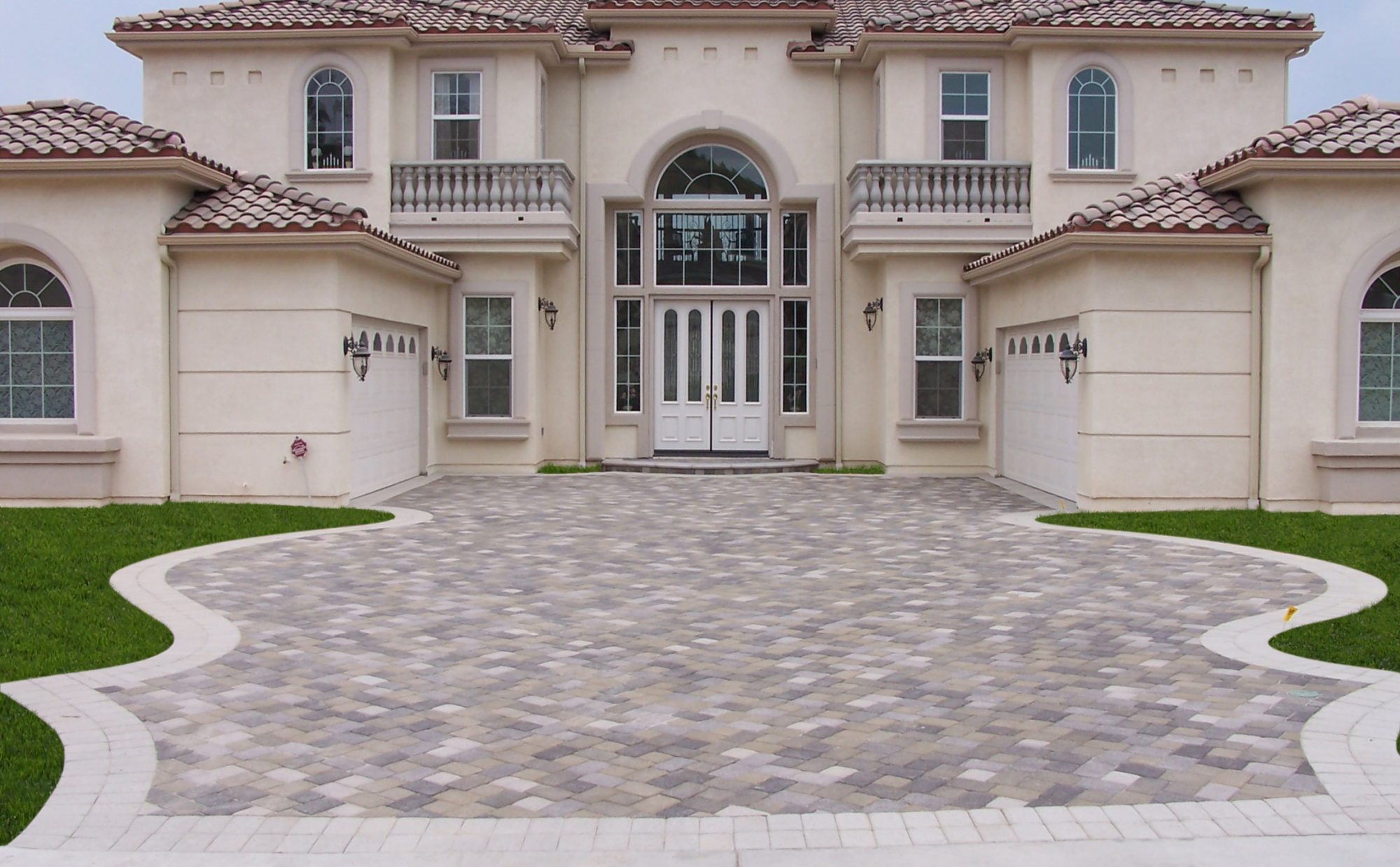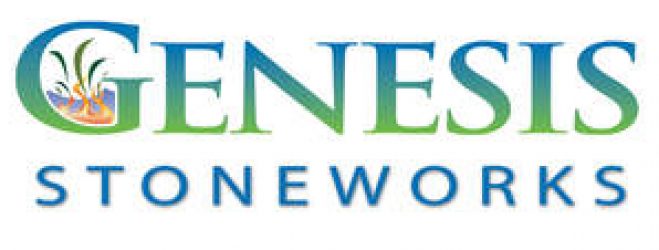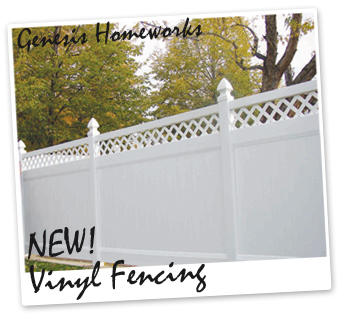According to archaeological evidence, the first farmers began to “landscape design” about 12,000 years ago. Yep, agriculture is a form of landscape design, and so is gardening. The first men and women who walked the earth were part of a complex ecosystem, one that required enhancement to supply human needs: food, shelter, and comfort. This farming lifestyle shaped culture, defined history, and produced today’s diverse world of unique peoples.
Today the art and science of landscape design bears slight resemblance to it’s humble beginnings, surpassing our ancestors’ wildest predictions. A variety of outdoor spaces are now designed for human needs; homes, public spaces, and vast parks are all designed and engineered for human pleasure. These spaces are created not for food or shelter, but for enjoyment and to preserve the cultures and traditions of the past. Integral to these landscape designs are the plants and materials chosen to define these spaces.
Michael Pollan, world renown author and food journalist, explores the human psychology of plant selection in his book Botany of Desire (2007). His four categories of plant selection are:
- 1. Sweetness (apples)
- 2. Beauty (such as a rose garden)
- 3. Pleasure
- 4. Control (Pollan uses the potato and other agricultural crops for this example)
These desires drive designers and home owners to select the “best” plants to put in outdoor spaces. Sometimes these plants are invasive species, such as apples. Other times plants are selected for their unique abilities, such as climbing vines. In a perfect world each home owner would select plants that are the most colorful, bear the sweetest fruit, and adapt to the environment they are placed in. Unfortunately, that is not the world we live in.
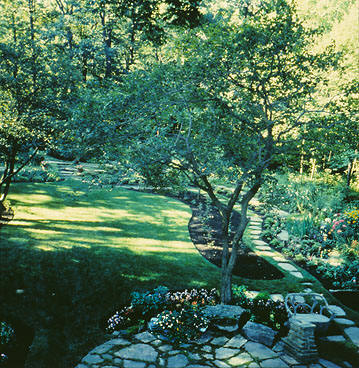
Booming populations and drought concerns introduce conflict to the landscape design industry. Los Angeles and Las Vegas are two cities at risk of water shortages. Las Vegas is slowly sinking because of strain on the water table below the city. Los Angeles, demand having already exceeded it’s natural water resources, currently pipes water from hundreds of miles away and even submitted plans to pipe water from the Great Lakes. Statewide water concerns led California to introduce the Save our Water initiative. The state of water usage for these cities in five years is difficult to judge. One thing is for sure, landscape design is no longer a “bed of roses”.
Individuals seeking a soothing backyard retreat face a conflict: waste water on a lush creation, or endure scorching temperatures and prickly plants?
For the resolution let’s turn to a father of native plant selection. Jens Jensen, making a name for himself in the early 1900s, studied landscape architecture and pioneered the use of native plants and materials for outdoor designs. He created gardens and parks that communicated meaning about the structures, open spaces, and swimming pools his work surrounded. His secret? A philosophical outlook and an understanding of natural beauty. In his own words:
A true expression of native talent is not found in the pompous gardens of large estates. For true expression you must look in the simple gardens of the common folk. Here is found a true art that has grown out of the soil and out of the heart of those people. They belong! They fit! They tell the true story of the loving hands which created them.
-Jens Jensen, Siftings (1939)
Genesis maintains a list of native-friendly and complimentary plants for use in landscape design. These plants are beautiful, conserve water, and many are drought resistant. Here are a couple luscious examples of native Southern California plants proving that water savings and beauty can exist in the same backyard. For a free in-home consultation call us at 800.287.5400, visit our contact page at genesisstoneworks.com/contact, or email us at info@genesisstoneworks.com.
